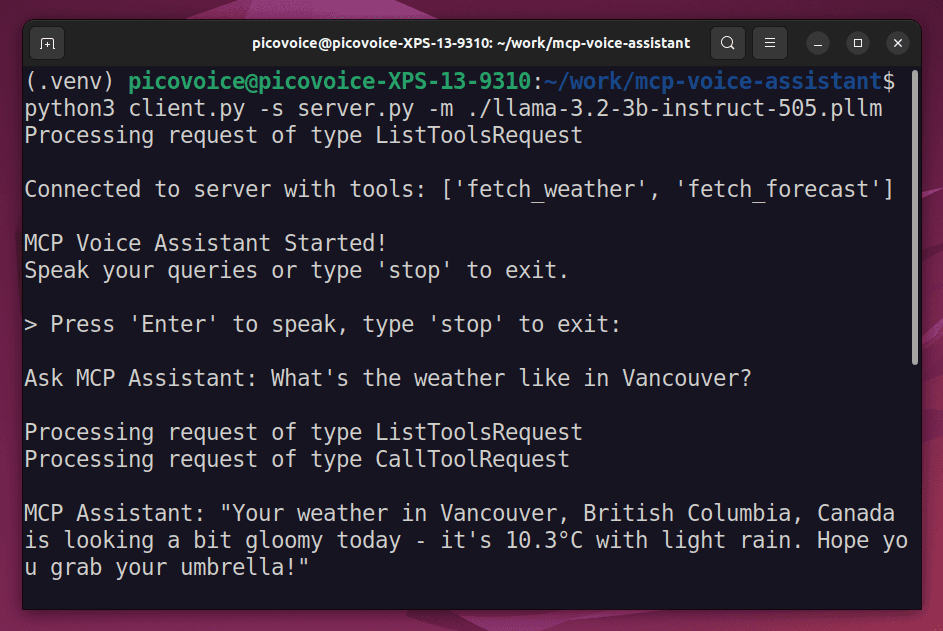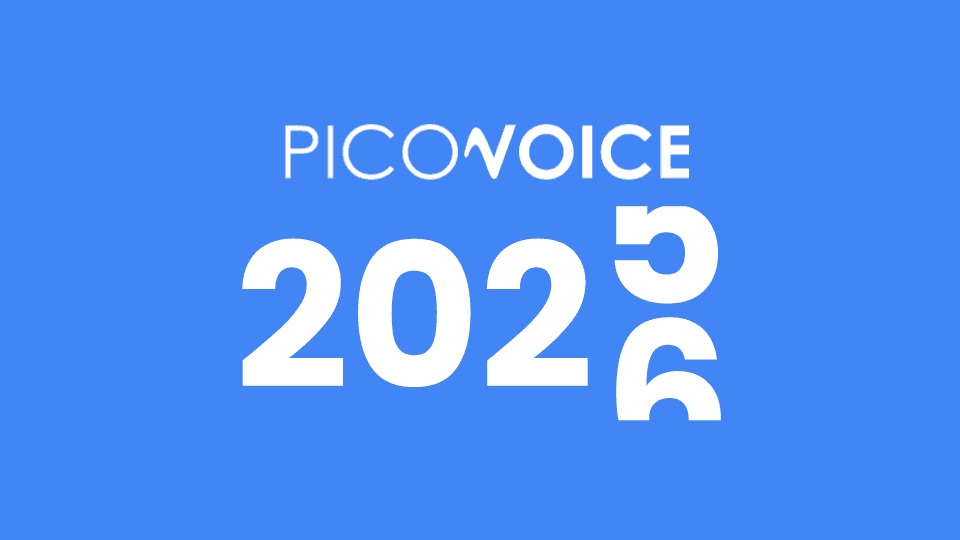Times of crisis spur lasting innovation. With COVID-19, the transition from physical to digital has brought lasting change to how we think, communicate, produce, and consume. Restaurant staff shortage, high employee turnover and limited capacity increased the adoption of contact-free and efficient options such as automated ordering systems for restaurants, curbside deliveries and contactless payment options. Walmart, Kohls, and many others have already implemented those. From consumer interest to purchase, voice technology can be used in many retail applications: Ordering up front, in-store assistance, checking out and payment.
Automated Ordering
When walking into a take-out or fast-food restaurant, we are often faced with myriad choices from menus. To provide faster customer service and better representation of what choices are available, kiosks that enable voice search and order confirmation are great additions. Though the use of kiosks isn’t new, many require touch handling and menus that can be cumbersome to navigate. For instance, instead of tapping multiple times to add toppings to a burger, voice integration allows customers to say for example "add cheese". Visual and audio order confirmation in response to verbal commands then affirms customer choice and allows for a seamless and sanitary process. Automated voice assistants in a drive-thru setting offer an even greater advantage, while preserving the familiar experience of ordering with voice. For restaurants, an automated system to receive and process customer orders gives their staff more time in the kitchen. It also minimizes time to make an order for the driver. This efficiency enables increases in customization and offerings for customer benefit.
In-store assistance
For large department and general retail stores like Costco or Home Depot, locating items can be difficult, even with categorical sectioning. Being unable to find necessary items under time constraints results in lost sales. To provide effective guidance while limiting the number of service personnel for cost or health-safety reasons, stores can adopt virtual voice assistants in the form of kiosks or tablet stations. Omni-access to web catalogs and immediate response to customer questions can enhance the shopping experience and increase purchases and customer satisfaction.
Checking out and payment
Though self-service checkout systems are already common, a recent survey has determined that 75% of these users expressed concerns with the current technology and having to enter information about goods processed. Self-checkout can often highlight a lack of trust: assistance from sales personnel is often needed and overriding scans is routine. Physical handling of checkout machines also present health concerns, and, unsurprisingly, 87% of shoppers prefer touchless options. Voice technology takes the frustration out of typing on clunky interfaces and manual overriding by giving the customer the chance to speak. Whereas before touchpads or touchscreens were needed to type items or select bag preferences, voice enables consumers to directly mention an item’s name without ever physically interacting with the machine.
As Voice User Interfaces (VUI) become ubiquitous and an integrated part of our daily lives, innovating businesses will be faced with challenges of revamping their existing customer experience to offer complementary voice interfaces. Picovoice SDKs enable rapid integration with existing devices, applications, platforms, and roll-out at scale. Picovoice offers several advantages compared to other solutions including cloud-based alternatives:
Trust and privacy
Picovoice local speech recognition technology ensures user privacy is fully protected by containing all voice processing on-device. Since audio signals contain abundant metadata on users’ activity and lifestyle compared to text, sandboxing it within the physical device intrinsically provides privacy by design, and lowers business liability on data leaks since no speech data is stored or transmitted.
Robustness and Latency
Voice interfaces–like any other mode of interaction such as using touch, keyboard, or mouse–must react to the user's input in real-time. Even a few 100s of milliseconds is perceivable to the end user. Unpredictable and intrinsic latency from network connections can degrade and at times even completely break the user experience. Offering consistently low latency at scale with cloud-based architecture is costly and inherently at the whim of the network. Since Picovoice technology processes voice data entirely on the local hardware it can deliver the lowest possible latency in absolute terms, and eliminate the variability as well.
Versatility and adaptability
Picovoice offers development SDKs that are cross-platform and hardware independent, supporting virtually any platform from microcontrollers to desktop computers, and web browsers. Through the Picovoice Console, a web-based speech model training platform, customers can easily train custom wake words, always-listening commands (for example to make GUI buttons touchless), and design domain-specific natural language understanding (NLU) models.
Cost efficiency and predictability
Unlike traditional voice services that charge per API call, Picovoice offers unlimited voice interactions per user. Enterprises can avoid surprising cloud bills.
Start building now!
Anyone with an email address or a GitHub account can use Picovoice to train voice models and deploy them. Start building now!







